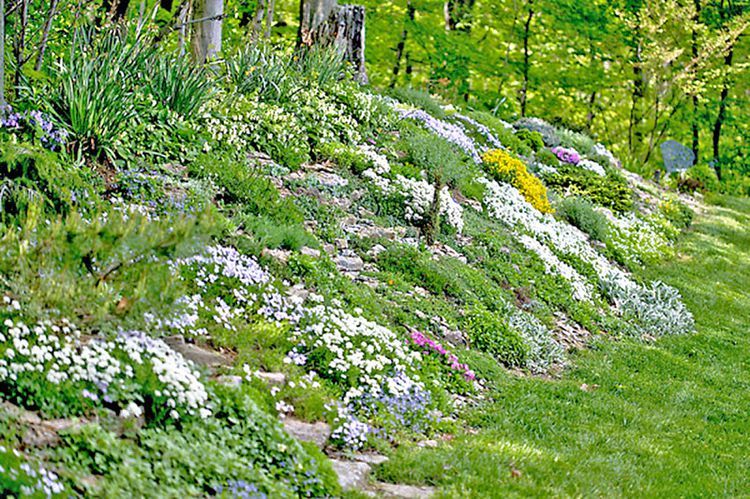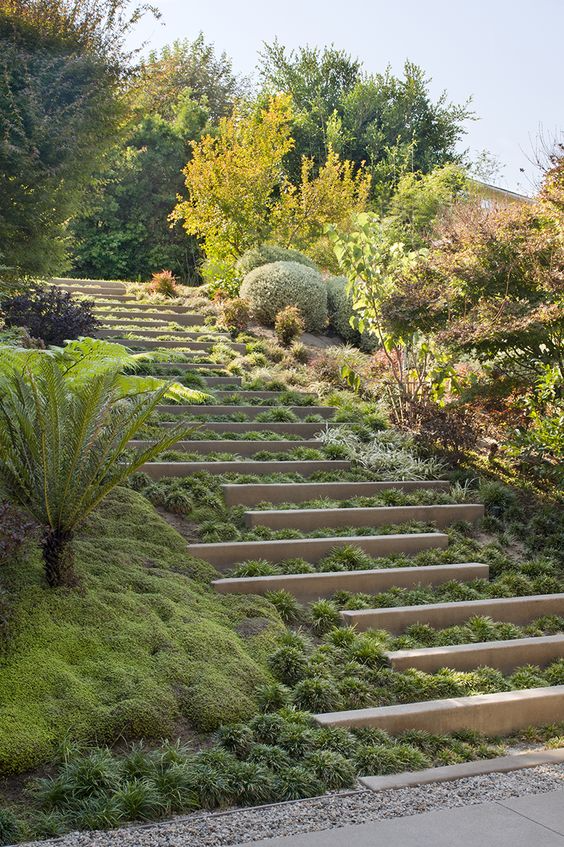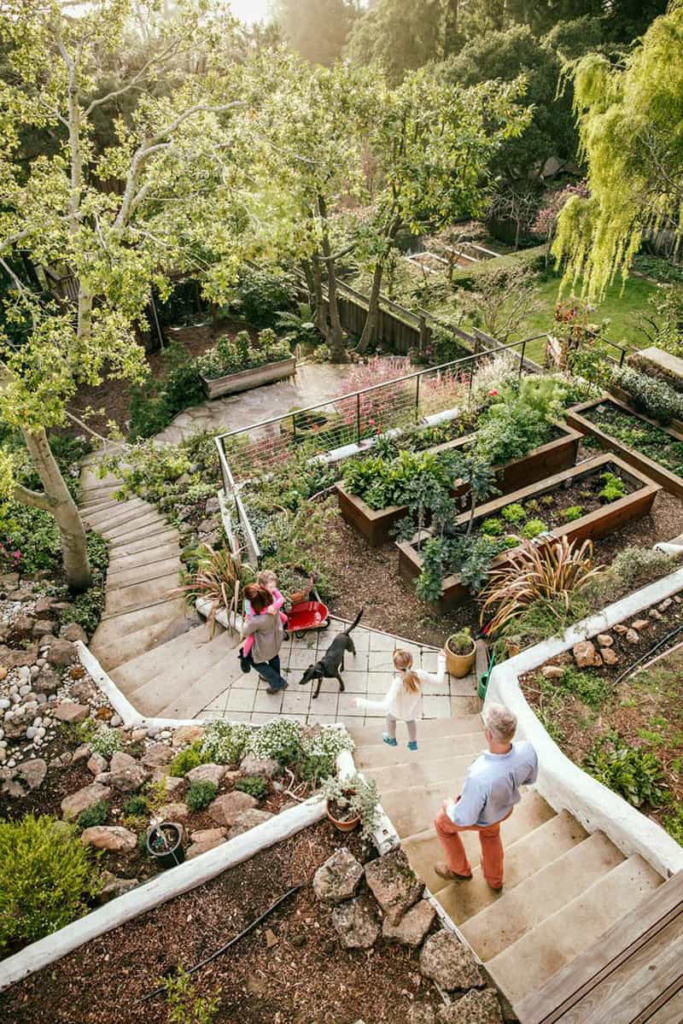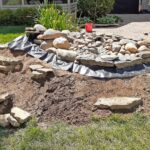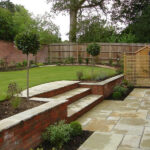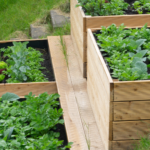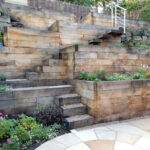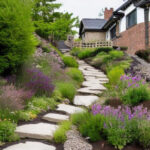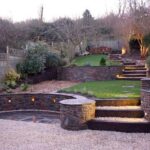Gardening on a slope can present unique challenges and opportunities for gardeners. With the right design, a sloped garden can become a beautiful and thriving landscape that adds interest and depth to your outdoor space.
One of the key considerations when designing a garden on a slope is managing water flow. The slope can cause water to run off quickly, potentially causing erosion and flooding. To prevent this, it is important to create terraces or build retaining walls to control water flow and prevent soil erosion. Incorporating plants with deep roots can also help stabilize the soil and prevent erosion.
Choosing the right plants for a sloped garden is crucial to its success. Plants with strong root systems, such as groundcovers, shrubs, and trees, are ideal for holding the soil in place and preventing erosion. Additionally, selecting plants that are drought-tolerant and can thrive in the specific conditions of a sloped garden will ensure that your garden remains healthy and vibrant.
Creating focal points and visual interest in a sloped garden can help to draw the eye up the slope and create a sense of unity and cohesion. A well-placed tree or large shrub, a winding path, or a series of terraces can add dimension and structure to the garden. Consider incorporating elements such as statues, trellises, and seating areas to create different zones within the garden and enhance its overall aesthetic appeal.
Utilizing mulch and ground covers can help to conserve moisture, suppress weeds, and protect the soil from erosion on a sloped garden. Mulch can also add a decorative element to the garden and help to tie the various planting areas together. Groundcovers, such as creeping thyme or periwinkle, can help to fill in space between plants and provide a cohesive look to the garden.
Incorporating hardscaping elements, such as pathways, stairs, and retaining walls, can help to create structure and accessibility in a sloped garden. Adding steps or a series of switchbacks can make it easier to navigate the garden and create a sense of flow. Retaining walls can help to create flat planting areas and prevent soil erosion, while also adding visual interest to the garden. By carefully planning and designing the layout of your sloped garden, you can create a beautiful and functional outdoor space that will be enjoyed for years to come.
